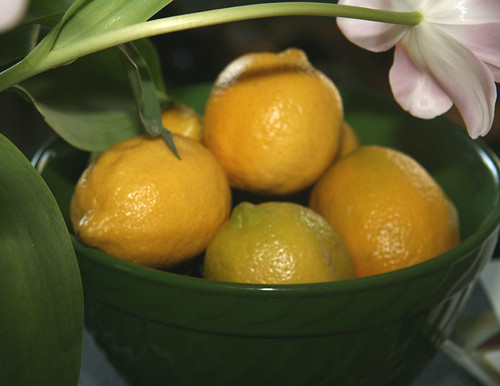Note: This is the second in a series of articles on Discipline Methods introduced in Discipline and Parenting Style. If you missed the first one, I recommend that you read it first- Discipline Methods: Communication and Role Modeling. This series on discipline will be published every Friday so please check back regularly or subscribe via email or follow us at Twitter or Facebook (buttons are at the bottom right corner as well).
Merit system focuses on positive behavior and preventive measures rather than punitive actions to improve discipline, while demerit system emphasizes consequences and accountability. Merit and demerit system is commonly applied in schools but can also be implemented at home. This article simply sums up discipline methods that provide acknowledgment and reward for good behavior and effective consequences for misbehavior. These are in agreement with the four principles of how behavior develops. It is said that behavior is strengthened or weakened by its consequences. For sure, you would want to strengthen a good behavior and the best way to achieve it is by rendering positive consequences such as the following:
- a hug
- a kiss
- a pat on the back
- a word of encouragement and praise
- a smile
- a wink
- a thumbs up sign
- a token in a jar
- a plus point on a merit/demerit chart
- other small tokens of appreciation related to the good behavior exhibited.

Creating a positive home wherein parents consistently laugh with their children, share lots of positive and appropriate physical interactions and talk to them in pleasant, supportive and nonjudgmental ways, not just promote positive behavior in children but lessen the incidence of inappropriate behavior as well.
To weaken bad or inappropriate behavior and eventually prevent it from occurring again, the doer should face the negative consequence. It is like letting experience be the best teacher. Giving effective consequence to misbehavior is where more parents fail. A negative consequence will only be effective if it prevents the bad behavior from getting repeated over and over. When the behavior gets weaker or stops from reoccurring it is only then that the behavior is punished. It should be clear that the intention is for the child to face the negative consequence of misbehavior and in the process punish the misbehavior (not the child) by weakening it or stopping it from happening again.
There are three kinds of negative consequences for misbehavior:
- Natural- as the name implies occur naturally. If a child doesn’t like to eat during regular mealtimes, don’t force feed; let nature run its course. The child will get hungry eventually. Make the hunger be felt for a little while as you explain the natural consequence of bad eating habits before you offer him food, to make room for learning.
- Logical- rules or amends that you agreed with your child. If a child cannot control himself in the grocery store and behaves inappropriately, keeps on disarranging displays and/or putting stuff in the cart without your permission or keeps running around despite your several attempts to control his misbehavior then it is but logical not to allow the child to go to the grocery store anymore until both parties arrived at a new agreement.
- Social- the ill feeling of tarnishing relationships teaches conflict management. If a child hurts a playmate or execute deliberate annoyance like knocking over others’ block tower or throwing away puzzle pieces, then that child should know that nobody else would play with a person that behaves that way and no parent would allow his/her child to get close to a misbehaving fellow.
Parents should have realistic expectations on their children and should not allow fatal consequences to occur. Ensure a safe, engaging and positive learning environment for the children, take care of yourself and be an effective role model. Try to maintain the child’s respect and maintain the credibility of being the most reputable person to award the merits and demerits of their behavior.
NEXT: Discipline Methods: Time-Out and Reverse Time-Out
If you like this article, please consider sharing it with your friends. You can conveniently share via email, twitter, etc. using the buttons below. Thanks.





























